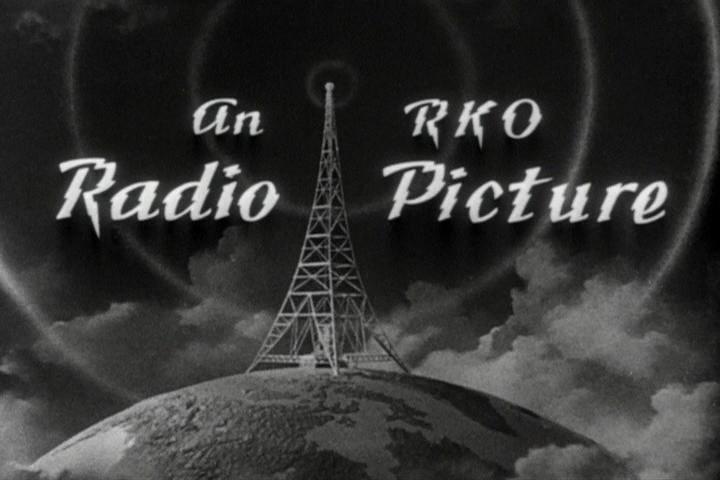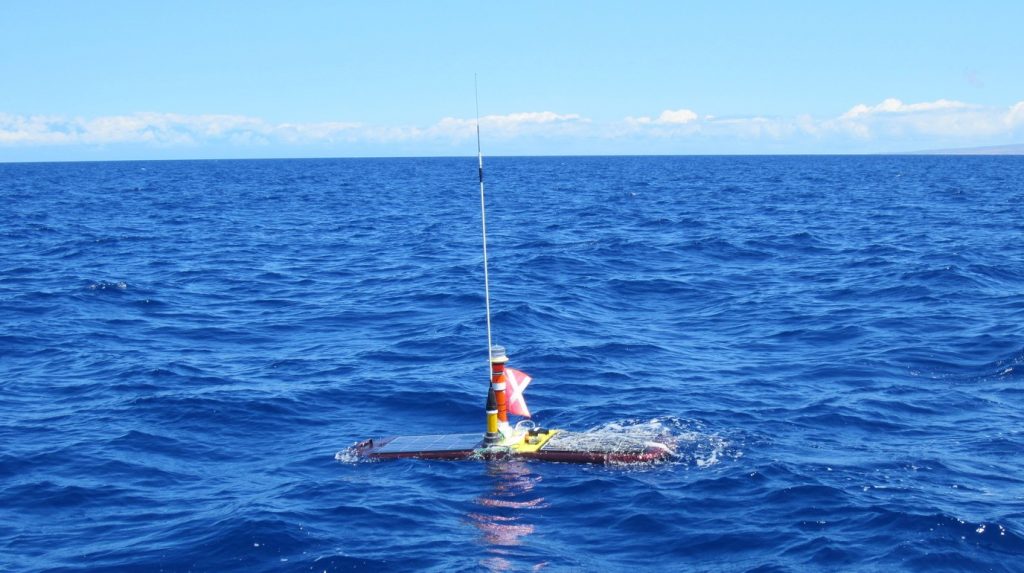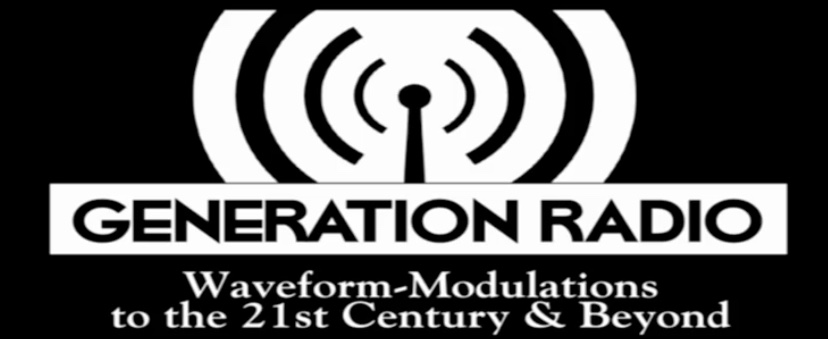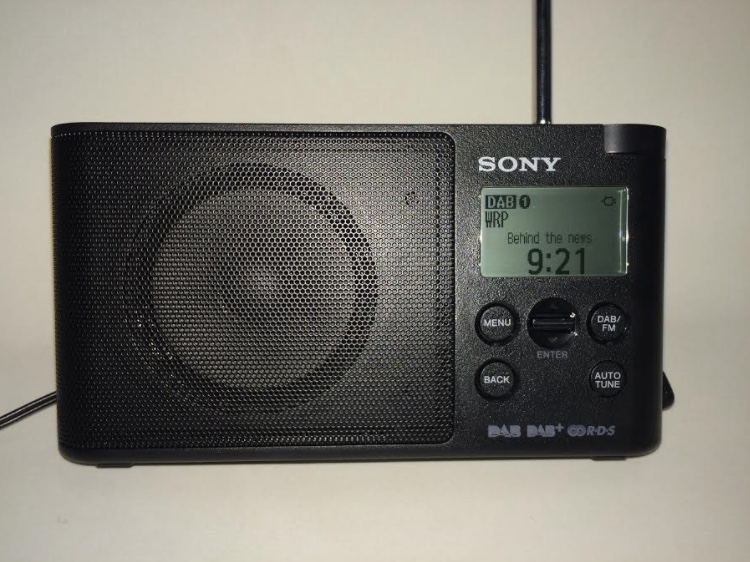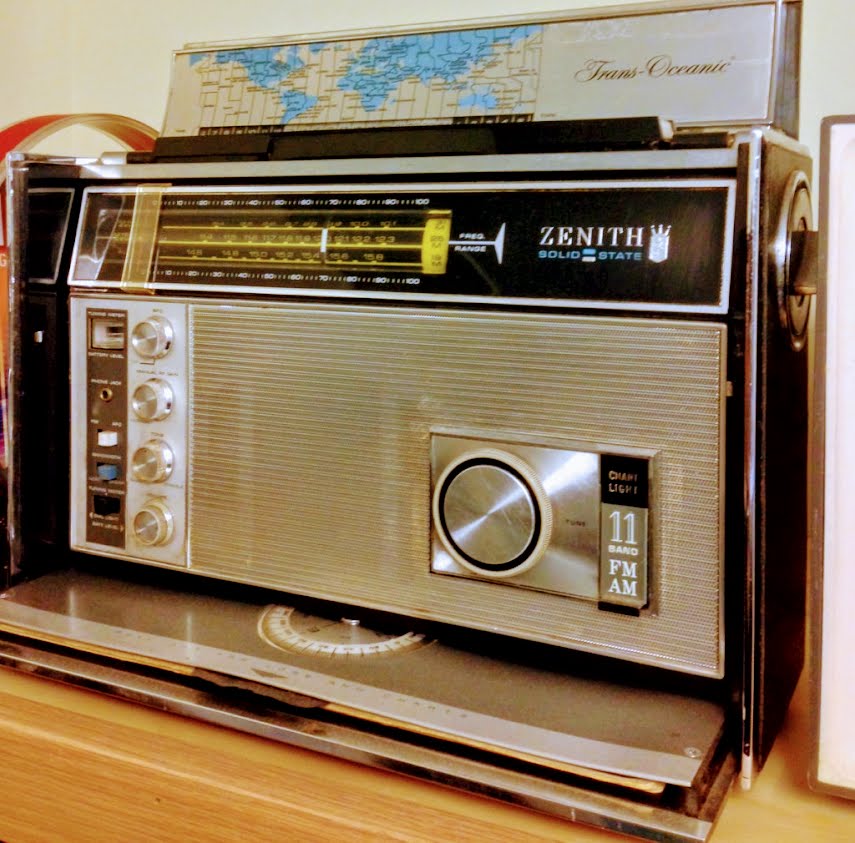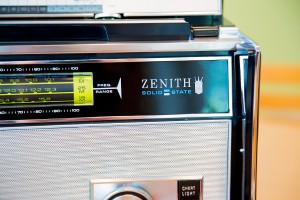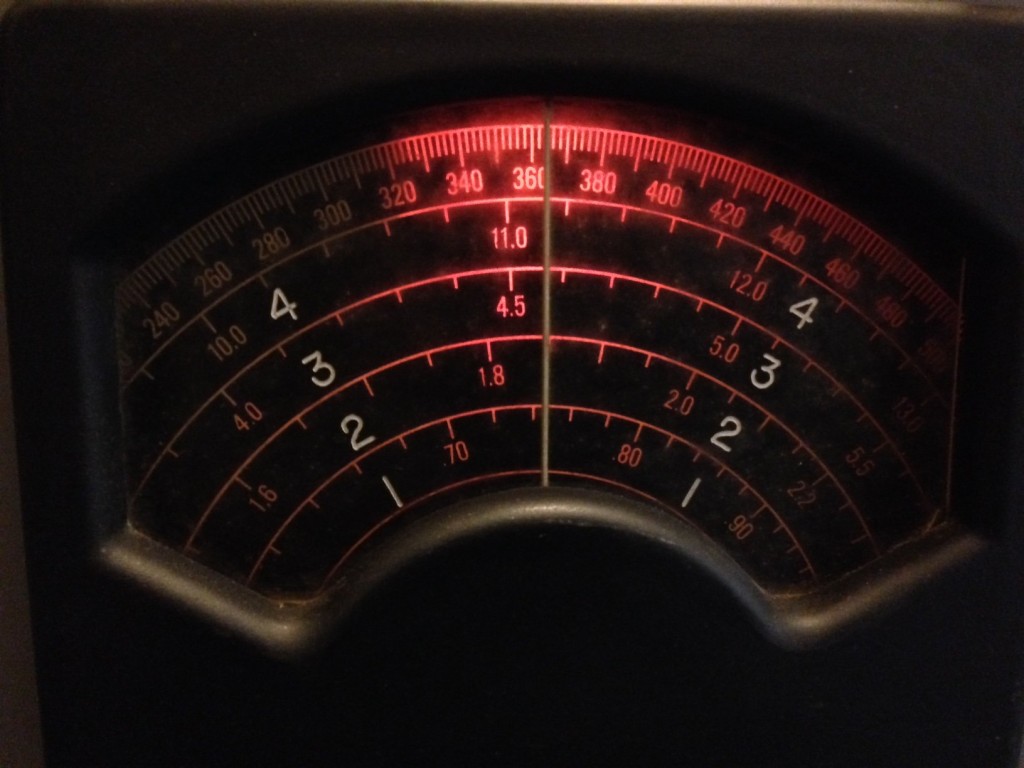Many thanks to SWLing Post contributor, Dave Zantow (N9EWO), who shares information about the new flagship handheld scanner from Uniden: the SDS100.
Here are the details from Uniden’s press release:
SDS100 Coming Soon
Uniden creates another first with the SDS100 True I/Q Scanner, the first scanner to incorporate Software Defined Radio technology to provide incredible digital performance in even the most challenging RF environments. The SDS100’s digital performance is better than any other scanner in both simulcast and weak-signal environments.
The SDS100 is also the first scanner that allows you to decide what to display, where, and in what color. Custom fields put the information important to you right where you need it.
And, one more first, the SDS100 meets JIS4 (IPX4) standards for water resistance.
Slated for release in 2nd Quarter, 2018, the SDS100 carries an MSRP of $699*.
Of course, the SDS100 also includes all the advanced features you’ve come to expect from a Uniden scanner, including:
- Customizable Color Display
- Trunktracker X
- APCO P25 Phase I and II
- Motorola, EDACS, and LTR Trunking
- MotoTRBO Capacity + and Connect +**
- DMR Tier III**
- Hytera XPT**
- Single-Channel DMR**
- NXDN 4800 and 9600**
- EDACS ProVoice**
- Location-Based Scanning
- USA/Canada Radio Database
- ZIP Code Selection for Easy Setup
- Close Call™ RF Capture with Do Not Disturb
- 8 GB microSD
- Soft Keys for Intellegent UI
- Recording, Playback, and Replay
- Temporary Avoid
- Fire Tone-Out Alert
- System Analysis and Discovery
- CTCSS/DCS/NAC/RAN/Color Code Decoding
- S.A.M.E. Weather Alert
- Enhanced Dynamic Memory
- Preemptive Trunking Priority
- Fully Customizable Scanning with your own Favorites Lists
- Backlit Keypad
- Channel Volume Offset
- PC Programming and Control
- USB Connectivity and Charging
- Weekly Database Updates
- Free Sentinel Software keeps the SDS100 database and memory up to date
- Up to 8 Hours Operation on included LiIon Battery
- Frequency Coverage:
- 25-512 MHz
- 758-824 MHz
- 849-869 MHz
- 894-960 MHz
- 1240-1300 MHz
Dave shares this Uniden SDS100 Intro Video:
Click here to view on YouTube.
Spec Sheet
Click here to download the Uniden SDS100 spec sheet (PDF).
Beta Owner’s Manual
Click here to download the Beta version of the Owner’s Manual (PDF).
Dave notes:
“[The SDS100] actually is bit smaller than the 436 and if the performance is like they say (see attached picture), then this could be a very exciting scanner indeed!!”
Yes indeed! I have the Uniden BCD436HP and love it. It’s such a simple handheld scanner to operate and there’s no real need to “program” it as it will automatically load relevant frequencies based on GPS coordinates or a postal/zip code. This looks like a significant upgrade and I love the fact it’s water resistant. Of course, MSRP is projected to be $699 US–not a small investment.
Thanks for the tip and all of the links, Dave!


